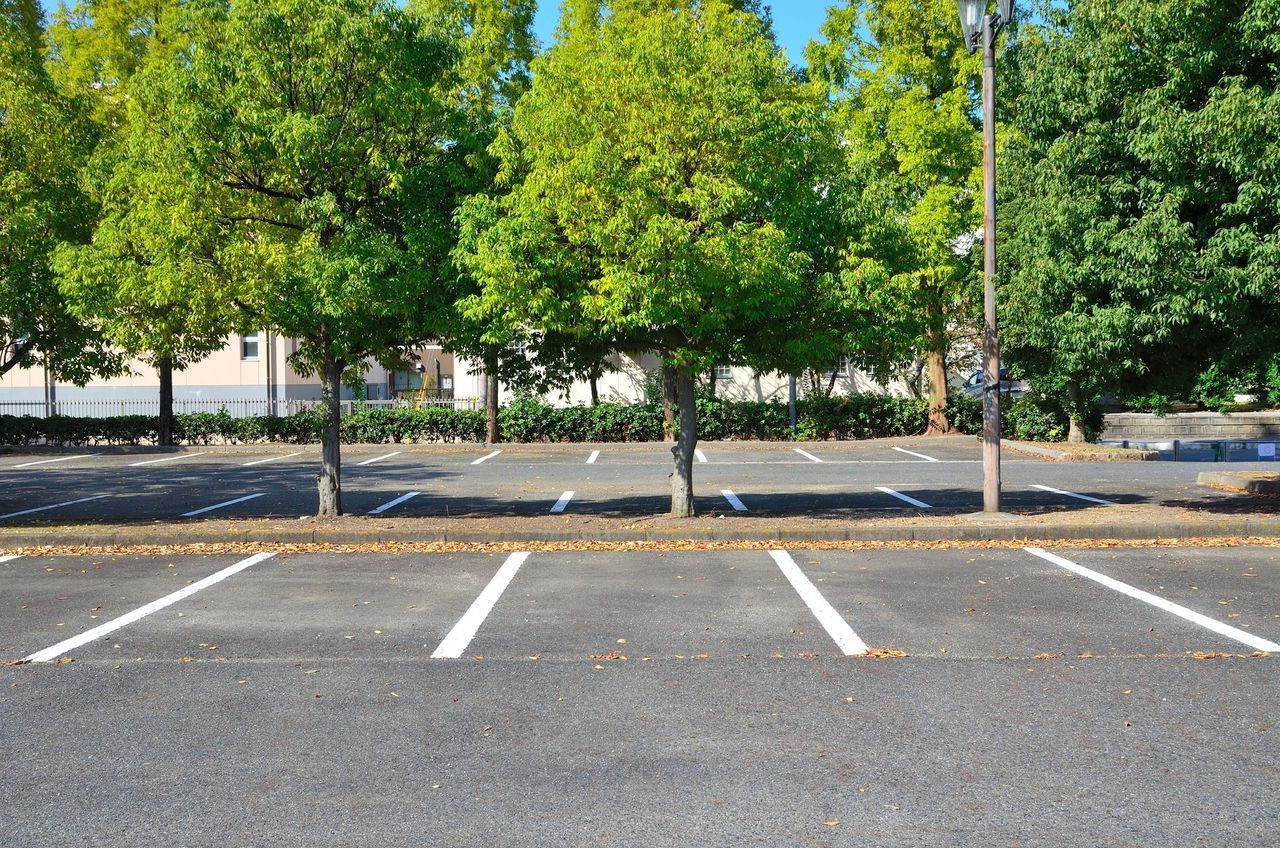Call Us Today! (406) 259-6823
Benefits of Lawn Aeration: Taking Your Lawn Care to the Next Level
If you’ve ever tried to take care of your own lawn, you know it’s more than just mowing the grass. There’s edging, trimming, spraying, fertilizing, and more. But have you ever heard of lawn aeration? If not, you may be missing out on a crucial component of lawn care - one that will take your lawn to the next level.
Welcome to the magical world of lawn aeration! It’s a simple, yet powerful process that has many benefits to keeping your lawn looking its best. So let’s dive right in and explore all that lawn aeration has to offer.
-
City skyline
Photo By: John DoeButton
What is Lawn Aeration?
Before we get into the various benefits of lawn aeration, let’s take a quick moment to talk about what aeration actually is. To put it simply, lawn aeration is the process of using a special tool – typically shaped like a corkscrew or mallet – to punch small holes into your lawn’s surface.
This process can be done by hand or with the help of a mechanical machine, and the holes will be anywhere from a quarter of an inch to two inches deep. Once these holes are made, the soil is loosened, allowing water and essential nutrients to penetrate the turf, aiding in the overall health of your lawn.
The Benefits of Lawn Aeration
Lawn aeration has many advantages for a healthy lawn. It helps with compaction, allowing air and water to reach deeper within the soil, which is important for a healthy root system. It also helps to naturally break up thatch accumulation, which can help prevent fungal diseases and weeds. And many more. Read on to learn the many benefits of lawn aeration.
Enhanced Soil Absorption
The first primary benefit of lawn aeration is improved soil absorption. When done right, aeration can increase the amount of water and essential nutrients your soil can absorb. This is true whether your lawn is made up of mostly clay, which can be wildly dense and unresponsive to moisture, or if it’s a sandy, loamy mix that needs help retaining key nutrients.
As we said earlier, the holes created during aeration will allow fertilizer and other supplements to penetrate the root level, which is essential for a healthy, lush lawn. Not only does this improve the lawn’s overall appearance, but it also encourages strong root growth and grass retention, making for a much sturdier, disease-resistant yard.
Reduces Compaction
The second major benefit of lawn aeration is that it reduces compaction. Your lawn can become packed down over time due to frequent foot traffic, heavy equipment, and the simple passage of time. Compaction causes the soil to become much denser, and this fighting against the soil’s ability to absorb the water and nutrients it needs to thrive.
Aeration loosens the soil, allowing air to move into the roots and allowing the roots to spread out more easily, encouraging healthy growth and reducing the risk of harmful fungi and diseases. Furthermore, it gives grass the ability to breathe better, as tight, compacted soil can prevent grass blades from swaying with the elements, causing them to become gold, dry, and weak.
Improves Grass Performance
If you’ve ever lived in a part of the country where there are extreme temperatures and adequate water sources, then you know how strong of an impact the climate can have on your lawn. The sun, wind, and heat can quickly zap your lawn off its nutrients and green color, leaving it wilted and lifeless.
But with the help of lawn aeration, you can give your grass the boost it needs to stay looking and performing at its best. That’s because aerated soil can keep the grass standing upright and closer to the ground, making it much more resistant to extreme temperature changes and encouraging better monitoring of water sources. This will result in a better-looking yard and will also lead to healthier blades and increased root growth.
Improved Root Strength
Regular lawn aeration will lead to improved root strength. With the help of aeration, roots have the ability to grow deeper than they would be able to without it. Not only will this result in a stronger, more lasting lawn, but it will also increase water retention as the roots spread deeper into the soil, allowing them to find and capture available water sources for much longer.
This will give your lawn a better, more natural chance of withstanding drought and other harsh environmental conditions. Additionally, deeper roots are much more resistant to weed growth, as the weeds won’t be able to penetrate the surface layers to find fertile soil.
Prevents Thatch Build-Up
Thatch is a layer of organic material in between the soil and your grass blades. It’s made up of stems, roots, and other organic matter, which can provide your lawn with an organic fertilizer. However, too much thatch can lead to poor soil drainage and a weakened root system.
Lawn aeration helps to break up the thatch layer, allowing water, air, and nutrients to get to the root system of your grass. This helps to promote healthy, vigorous growth and ensures a stronger root system.
Maintaining a Healthy Lawn
A healthy lawn is paramount to a beautiful landscape. Lawn aeration is a simple, but powerful process that should be done at least once a year, or more often if you’re dealing with heavy soil or lots of thatch. It can go a long way in providing your lawn with the nutrient-rich environment it needs to thrive.
When it comes to lawn care and maintenance, lawn aeration is a simple, yet powerful process that can have a huge positive impact on your lawn’s health and longevity. By improving soil compaction, breaking up thatch buildup, and encouraging new root growth, it’s a great way to give your lawn the nutrients and environment it needs to be vibrant and healthy.
The team at
Green Magic in Billings, MT is here to help you take your lawn care to the next level. Call us at
406-259-6823 to learn more about our lawn aeration services and how we can help you create the perfect lawn for your home.




